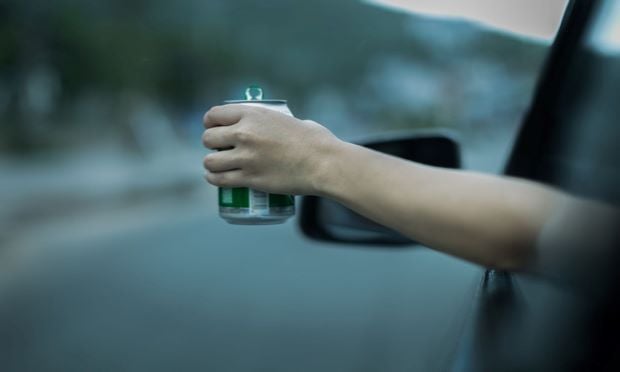 There were 11,654 fatalities in vehicle accidents where at least one driver was impaired by alcohol in 2020, according to the NHTSA. (Credit: christinarosepix/Shutterstock.com)
There were 11,654 fatalities in vehicle accidents where at least one driver was impaired by alcohol in 2020, according to the NHTSA. (Credit: christinarosepix/Shutterstock.com)
The National Highway Traffic Safety Administration (NHTSA) recently released its projections for traffic fatalities in the first nine months of 2022, which show an estimated 31,784 people died in crashes during that time – a 0.2% decrease from that same period in 2021. However, while fatalities dropped overall, there was an increase in pedestrian and cyclist deaths.
Recommended For You
Want to continue reading?
Become a Free PropertyCasualty360 Digital Reader
Your access to unlimited PropertyCasualty360 content isn’t changing.
Once you are an ALM digital member, you’ll receive:
- Breaking insurance news and analysis, on-site and via our newsletters and custom alerts
- Weekly Insurance Speak podcast featuring exclusive interviews with industry leaders
- Educational webcasts, white papers, and ebooks from industry thought leaders
- Critical converage of the employee benefits and financial advisory markets on our other ALM sites, BenefitsPRO and ThinkAdvisor
Already have an account? Sign In Now
© 2025 ALM Global, LLC, All Rights Reserved. Request academic re-use from www.copyright.com. All other uses, submit a request to [email protected]. For more information visit Asset & Logo Licensing.








